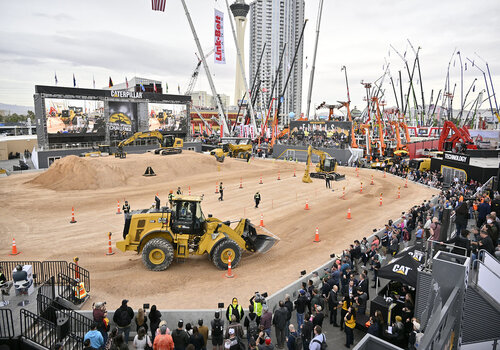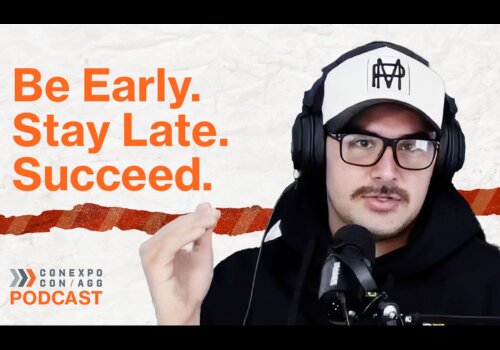Last November, White House infrastructure coordinator Mitch Landrieu said more than 40,000 projects have started since the passage of The Bipartisan Infrastructure Deal in 2021. Landrieu said the projects under construction or in the planning phase will affect more than 4,500 communities in every state and the nation’s capital.
The projects include improvements to 135,800 miles of roads and 7,800 bridges, along with about 450 port-and-waterway projects and 190 airport-terminal projects. According to Landrieu, the administration had to hire 6,100 federal officials to carry out the work.
Alex Carrick, chief economist for ConstructConnect, which provides software solutions for the preconstruction industry, said “there’s really a lot of reason to be optimistic about what will happen in the construction sector” regardless of which party controls the White House next year.
Carrick credited the Federal Reserve with taming inflation by raising interest rates and orchestrating a “soft landing” for the U.S. economy, which exhibited rapid growth over the past two quarters. He expects the Fed to cut interest rates this year, which should help the construction industry, especially the residential housing market.
The Federal Reserve is supposed to manage interest rates independent of politics, and Carrick noted that in the past, the Trump administration urged the Fed to lower rates aggressively and goose the economy.
“It’s not clear that under a Republican administration, the Fed would be allowed to act independently,” Carrick said. “It won’t be a good idea to fool around with the independence of the Federal Reserve.” Biden’s push toward green energy “has inspired the largest number of mega-projects that I’ve ever seen,” but funding for those projects could be on the chopping block under a GOP administration determined to rein in spending, Carrick said. On the other hand, “Trump has said that his first priority will be to drill, drill, drill,” suggesting that spending on green-energy projects could be diverted toward oil-and-gas projects, Carrick added.
“One of the things that will make politicians’ bones is if they can brag about how they cut costs in certain areas, so cutting spending on some of these projects might occur,” he said. “But the saving grace for construction is that there’s nothing politicians like better than standing at a ribbon-cutting ceremony because that’s money that goes directly into their local community.”
In 2017, Trump signed legislation cutting the corporate tax rate to 21% from 35%, and with the national debt climbing past $34.2 trillion in February, that rate might be revisited if Democrats sweep the November elections. The 2017 tax bill included tax cuts for families and individuals that expire in 2025 but likely would be extended if the GOP takes control of the White House and Congress next year.
Other campaign issues affecting the construction industry include immigration, labor relations and business regulations, Carrick said. Biden has placed great emphasis on “Buy American” procurement initiatives, which could be altered by a new administration, for example.
Carrick said the protracted worker shortage affecting the construction industry and other sectors is a “huge problem,” and immigration traditionally has been one solution. Trump has pledged to round up and deport illegal immigrants, while Biden has signaled support for comprehensive immigration reform.
In September, Biden became the first sitting president to join a picket line, marching with members of the United Auto Workers as they sought new labor agreements with the three largest U.S. automakers. Unions could gain more power under a second Biden administration, and that would impact the construction sector, Carrick said.
As we move into 2024 and more projects start breaking ground thanks to federal funding, voters will have a chance to see firsthand the impact of infrastructure funding in their local communities. The need for more construction workers for mega projects could create a change in some states as people relocate to take advantage of these high-paying jobs. How each candidate responds to the challenges and successes that lie ahead for the construction industry will surely impact not only campaigns but the entire infrastructure sector for years to come.












